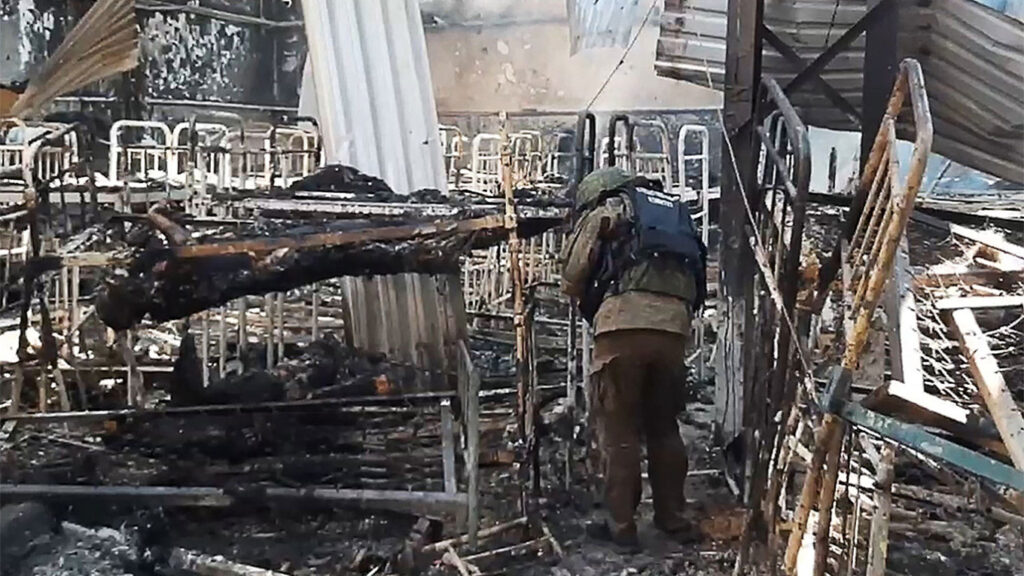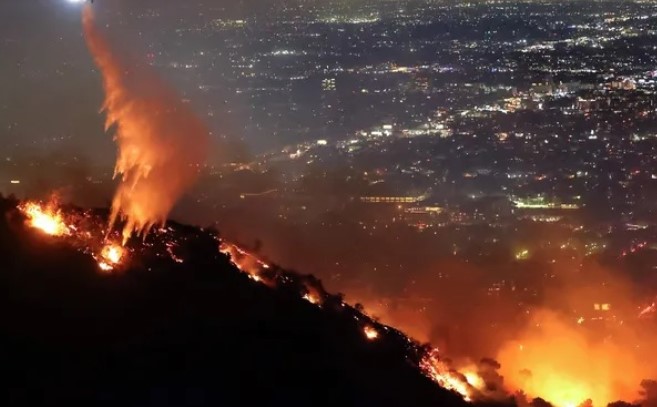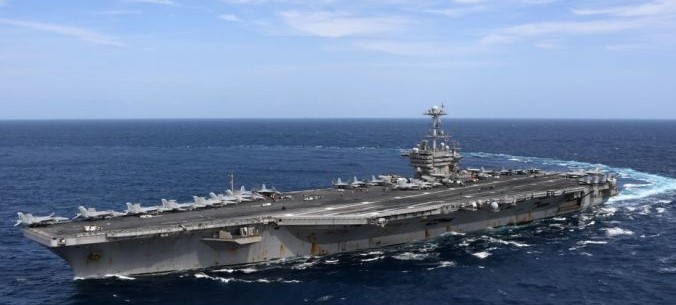
STRATEGIC ASSESSMENT. Russia claimed at least one person had been killed and 13 had been wounded in the blasts, including two children. Russian authorities quickly cordoned off the airfield and ambulances and medical helicopters were seen shuttling around the blast area. Russia’s Ministry of Defense played down the possibility that the explosions were the result of a Ukrainian strike, instead claiming that munitions had detonated at the base due to an accident. This rationale has been used to explain catastrophic explosions at other Russian ammunition depots in previous weeks. The explosions panicked local residents and sowed confusion among Russian government officials who, fearing future attacks, elevated the terrorist threat level within the region. Videos circulating on social media depicted confused beachgoers and traffic jams at the Kerch Bridge as Russian vacationers fled the previously secure peninsula. Saki lies roughly 150 miles from the nearest Ukrainian military position and like many installations within Crimea is protected by ground, air, and sea based air defense systems. The base hosts the Black Sea Fleet’s 43rd Naval Attack Aviation Regiment which supports Russian forces fighting in southern Ukraine. As many as 30 aircraft may have been on the ground at the time of the explosions. Initial reports indicate at least nine aircraft were destroyed and based on the size of the blasts many more were likely damaged.
An anonymous Ukrainian official claimed that Ukrainian special forces had carried out the attack, though the government has not publicly claimed responsibility. An attack on this scale and at this operational depth would be a significant tactical success for Ukraine. Given the distance between the airbase and the line of contact, there has been considerable speculation as to how the attack was executed. The anonymous Ukrainian official’s reported comments may be an intentional obfuscation intended to mask capabilities or vulnerabilities that Ukraine hopes to exploit in the future. Another possibility is that Ukrainian aircraft were able to suppress Russian air defense systems in Crimea using recently supplied American HARM anti-radiation missiles. This may have degraded Russian early warning capabilities, allowing long range missiles, like the domestically produced Neptune, to strike the airbase.
The strike has significant implications at the tactical, operational, and strategic levels. Tactically, it will immediately reduce Russian air power on the southern axis, which is centered around Kherson. Operationally, it will impact Russian ability to repulse the much anticipated Ukrainian counteroffensive which may include Kherson as a major objective. For several weeks Russia has been shifting troops and equipment from the Donbas to the southern front in anticipation of a future counteroffensive. Further, the Saki attack also jeopardizes Crimea’s status as a safe staging area for future operations. This is the first major strike in the territory and likely will not be that last; Russian logistics will now have to adapt. These effects will likely be temporary, as Russia will be able to adjust over time and mitigate the losses by redeploying aircraft from other military districts; localized impacts will not by themselves determine the outcome of the war or even guarantee the success of a future Ukrainian counteroffensive.
Strategically, however, this attack is of permanent significance. It demonstrates Ukrainian willingness and ability to expand the conflict to Crimea. In the wake of the attack, Ukrainian President Volodymyr Zelensky stated for the first time that the liberation of Russian-occupied Crimea is an official war aim, significantly raising the stakes of the conflict for Russia and Russian President Vladimir Putin. Reports of the attack have boosted Ukrainian morale and self-assuredness, recalling the swell in popular confidence that followed the sinking of the Moskva, the flagship of Russia’s Black Sea Fleet. This boost is especially important in the wake of a controversial Amnesty International report that has been used to bolster Russian narratives and justifications for indiscriminate target selection. Externally, the success of the attack will help to reaffirm international support for Ukraine’s war effort despite Russia’s hold on European energy markets and disinformation and propaganda campaigns in Africa and other regions of the Global South. Securing continued international backing will be especially important for President Zelensky as the summer winds down and Europe prepares its citizens for a difficult winter (TSC).





